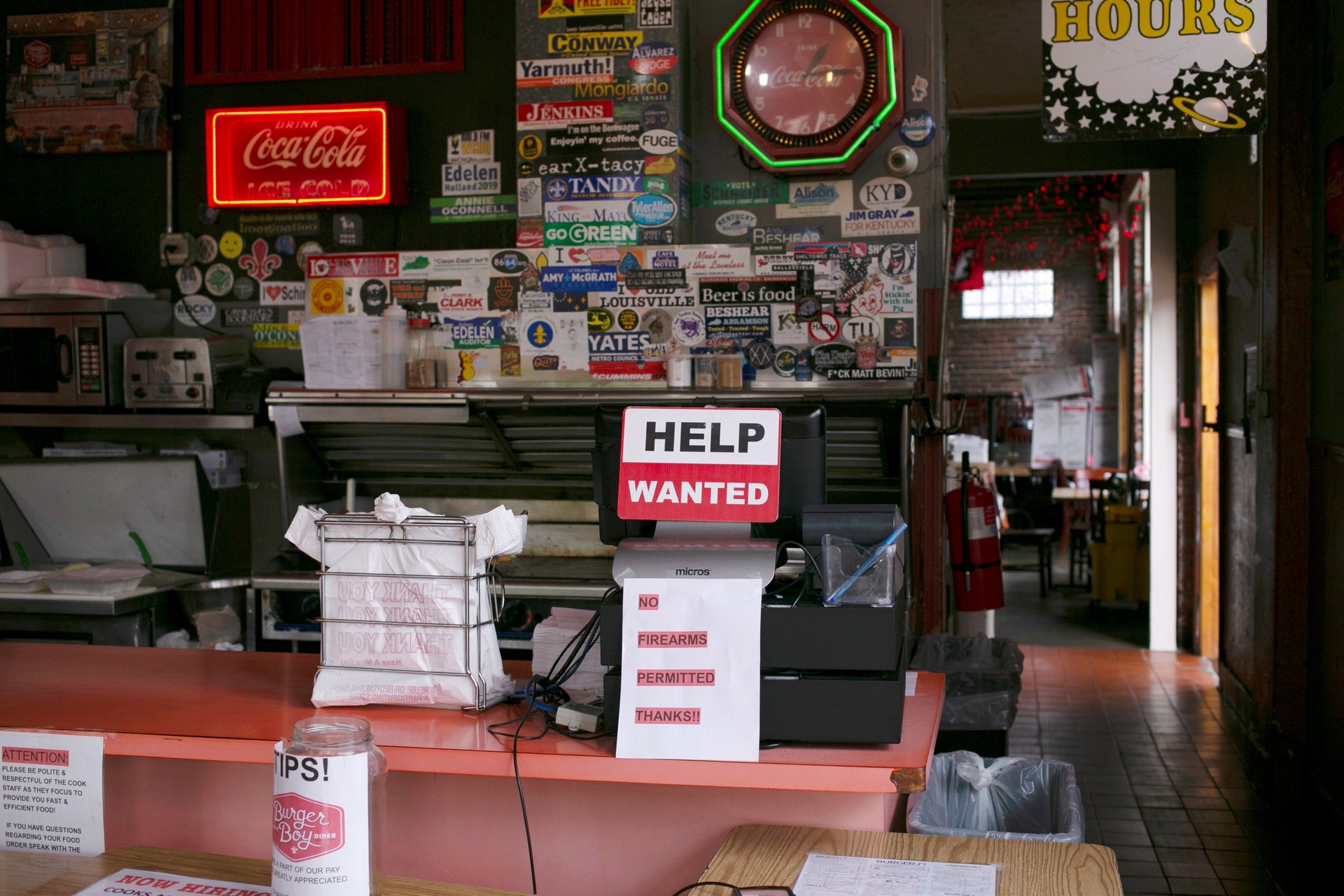US restaurant sales are back to pre-pandemic levels, so why isn’t restaurant employment?
The pandemic has hit the US restaurant industry hard. More than 110,000 US restaurants have either shuttered permanently or long-term as a result of the pandemic last year—with nearly 2.5 million jobs lost from pre-pandemic levels, according to the National Restaurant Association.


The pandemic has hit the US restaurant industry hard. More than 110,000 US restaurants have either shuttered permanently or long-term as a result of the pandemic last year—with nearly 2.5 million jobs lost from pre-pandemic levels, according to the National Restaurant Association.
But business is coming back.
As people emerge from lockdowns during the pandemic, they are looking to go out and eat again. Total sales at restaurants and bars hit $67.3 billion in May, surpassing $66.2 billion in February of last year, according to census data analyzed by the National Restaurant Association. (When adjusted for inflation, that number is about 3% below pre-pandemic levels.)
But the leisure and hospitality sector is also facing a worker shortage. In May, 186,000 jobs were created in food services and drinking places, according to the US Bureau of Labor Statistics, which means employment in the sector is still down 12% compared to pre-pandemic levels.
So why the lack of restaurant workers? The reasons are related to the pandemic, from the slow pace of hiring to fears about coronavirus. The shortage is pushing restaurants from mom-and-pop shops to big chains like McDonald’s to offer higher wages and bonuses that will entice workers back.
Is automation playing a factor?
With the current labor challenges, restaurants are doing more with less. During the pandemic, every restaurant had to go online in some form whether that was launching a website or working with food delivery apps. Those orders didn’t require waiters, servers, or dishwashers to fulfill. “That’s part of the reason you could get away with fewer workers,” says Sucharita Kodali, an analyst at Forrester.
The recent divergence between employment and revenue numbers mirrors the shift in retail to e-commerce, where retailers have readily switched to e-commerce, writes Daniel Zhao, an economist at job recruiting site Glassdoor, in an email. It’s not clear yet if employers in the restaurant industry are turning to more automation to cope with labor shortages. “If takeout and delivery orders decline as Americans go out to eat more, it will be hard for employers to rely on automation rather than in-house staff,” he says.
Economists say we’ll have to wait and see how restaurants adjust to the new normal post-pandemic to understand whether automation is increasing.
Restaurant workers gain leverage, for now
There’s the question of whether restaurant employment will return to pre-pandemic levels. Workers in the hospitality and restaurant industry are quitting at the highest rate on record, which suggests that some workers are moving on to better jobs.“There may be a permanently lower number of workers available to restaurants as workers who left the industry during the pandemic decide to move on to greener pastures,” says Zhao.
But workers’ leverage may be short-lived, says Heidi Shierholz, an economist at Economic Policy Institute, a left-leaning think tank. While some employers are raising wages, others are offering one-time bonuses, a signal that businesses—which are balancing pent-up demand with a shortage of workers—perceive the employee shortage as a temporary problem. Signing bonuses nearly doubled since last May, according to Indeed data. She argues that wage growth is about the same as it would have been if the recession had not occurred.
“To the extent that there are shortages right now transferring power to workers, allowing them to be somewhat more choosy, but we are getting out of this recession quickly, like things will get back to normal, and there’s nothing that has permanently changed workers’ status with respect to their employers,” says Shierholz. Most of the job gains in May were in restaurants and bars.
For workers to secure lasting bargaining power, policies will need to change such as passing a $15 federal minimum wage or the PRO Act, which would bolster union participation, says Shierholz. “You’re not going to undo four decades of policies that have shifted power to employers with a very temporary surge in labor demand,” she says.